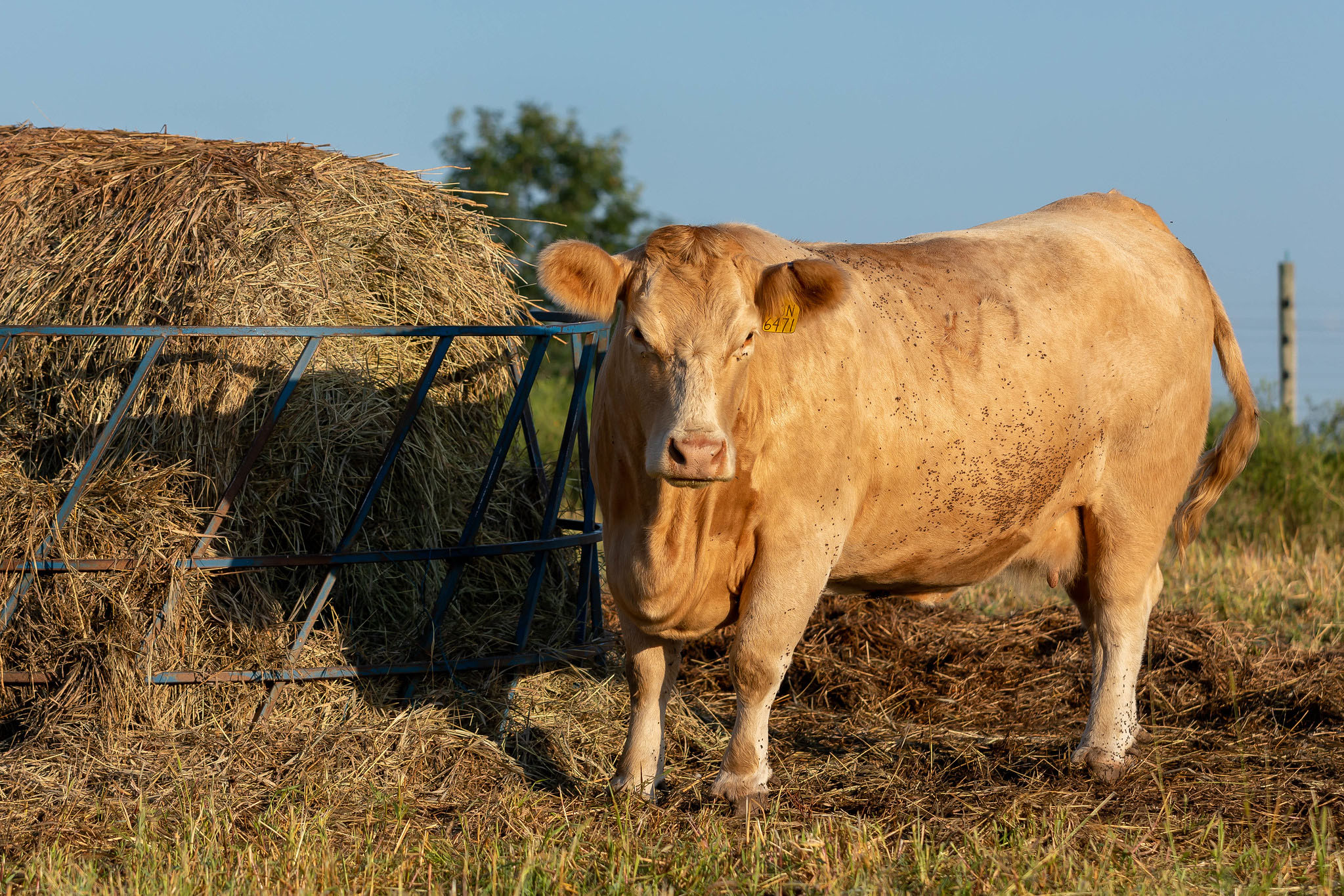K-State beef cattle veterinarians share how to keep the fly load down in August
It seems like in the heat of the summer an open door can lead to a room full of house flies, leading many to turn to a fly swatter to decrease the population.
In the outdoors, people often turn to bug spray or a citronella candle to keep flies and mosquitoes away.
While flies are troublesome for humans, they also impact cattle performance, said the veterinary experts at the Kansas State University Beef Cattle Institute. Speaking on a recent Cattle Chat podcast, veterinarians Bob Larson, Brian Lubbers and Brad White discussed three types of flies that are often problematic in August.
“Research has shown that when cattle carry around a load of about 200 horn flies per cow, their performance decreases because they are focused on avoiding the flies instead of grazing,” Larson said. “That is the time when a late summer fly control makes sense.”
While many producers opt to put fly control tags in the ears of the cattle at the start of the summer, those tags can lose their efficacy by late summer, Lubbers said.
“It is important to remove the ineffective fly control tag before treating with another product to keep the flies from developing resistance to the product,” Lubbers said. “Exposure to low levels of product can actually promote resistance.”
He added: “Producers need to ask themselves, ‘Does the benefit of using the product to kill flies outweigh the potential exposure to create resistance and leave me with a product that is no longer effective?’”
When considering treatment options, the veterinarians agree that fly control strategies will differ depending on the type of fly that they are trying to manage.
“Not all flies are the same, so when you think about fly control, the treatment will vary depending on where the flies spend the majority of their time,” Lubbers said.
The three species of flies that tend to burden cattle are horn flies, stable flies and face flies said the veterinarians. They shared that of those, horn flies tend to spend the majority of their time on the animal’s body, while face flies and stable flies tend to spend their time in other locations near the cattle, such as the barn, fences or posts.
“For stable flies, a premise spray control may work well at reducing that population, but face flies and horn flies will be better controlled by individually treating the cattle,” Larson said. “Some producers use a dust bag or cattle oiler to try to manage the fly population, and another option is to run the cattle through the chute and use a pour-on or spray to treat for the flies.”
Lubbers added: “When deciding on the late summer fly control strategy, it is best to consult with a veterinarian to decide the right treatment protocol for the type of fly load on your operation.”




